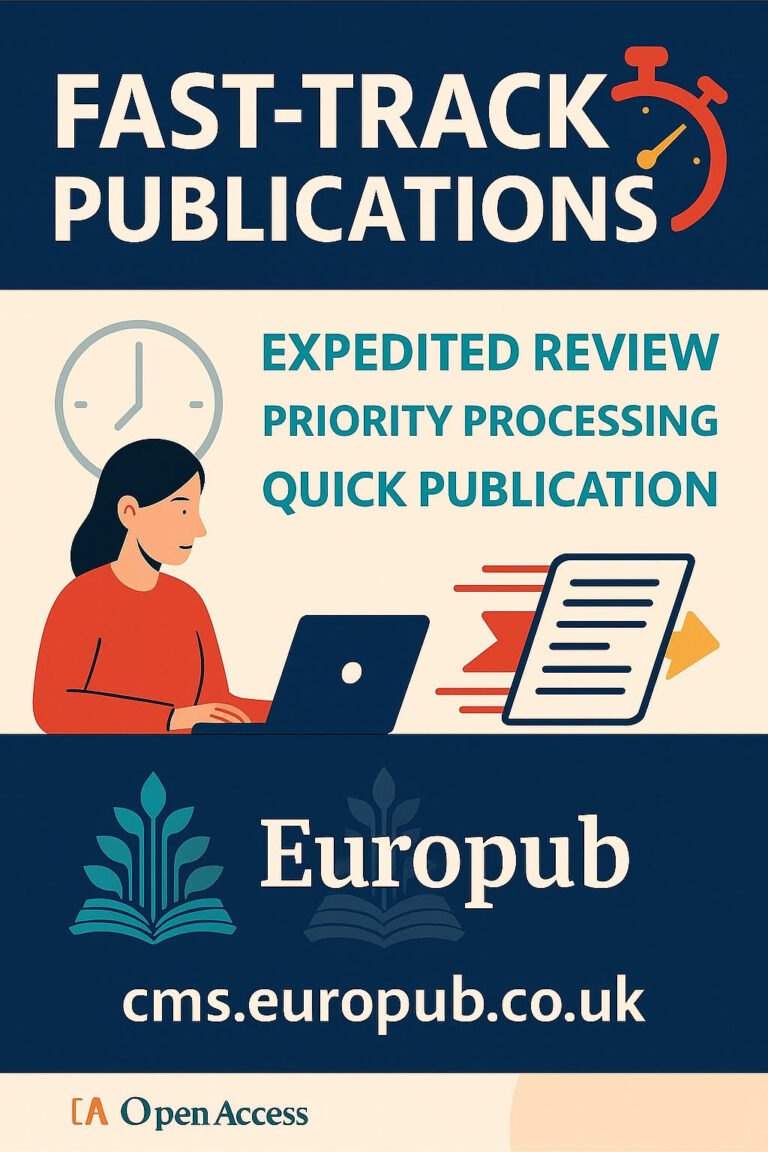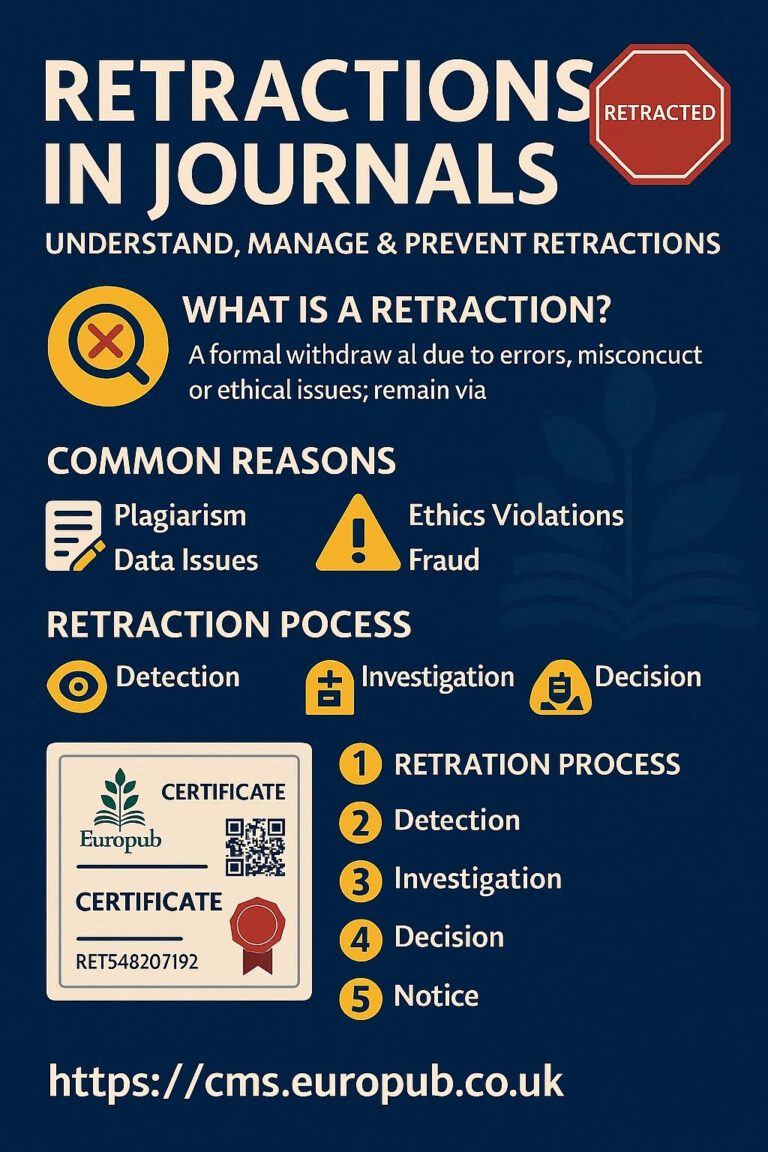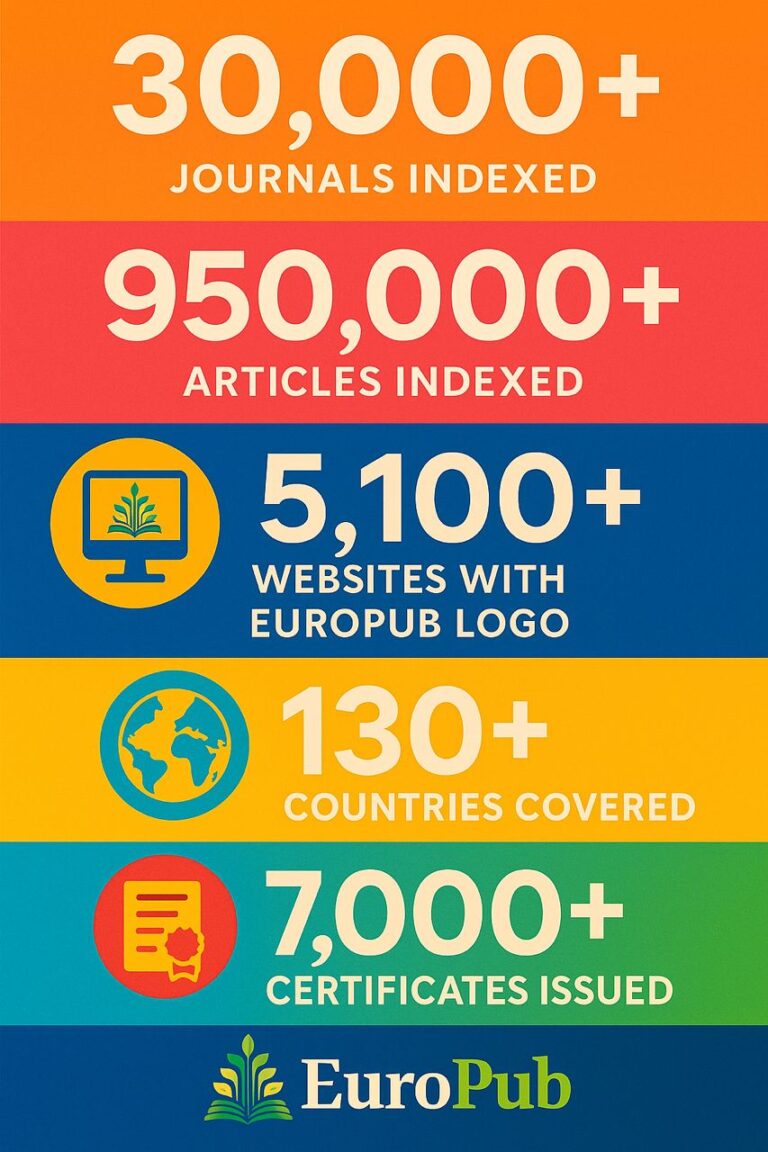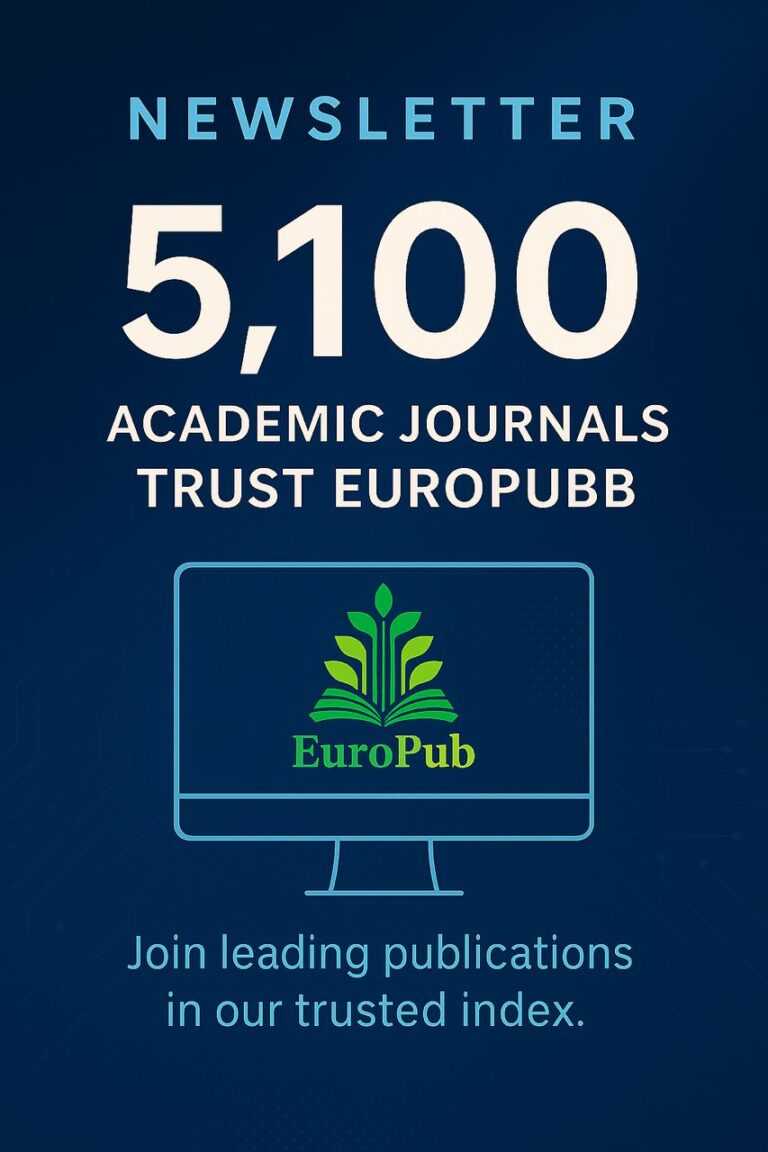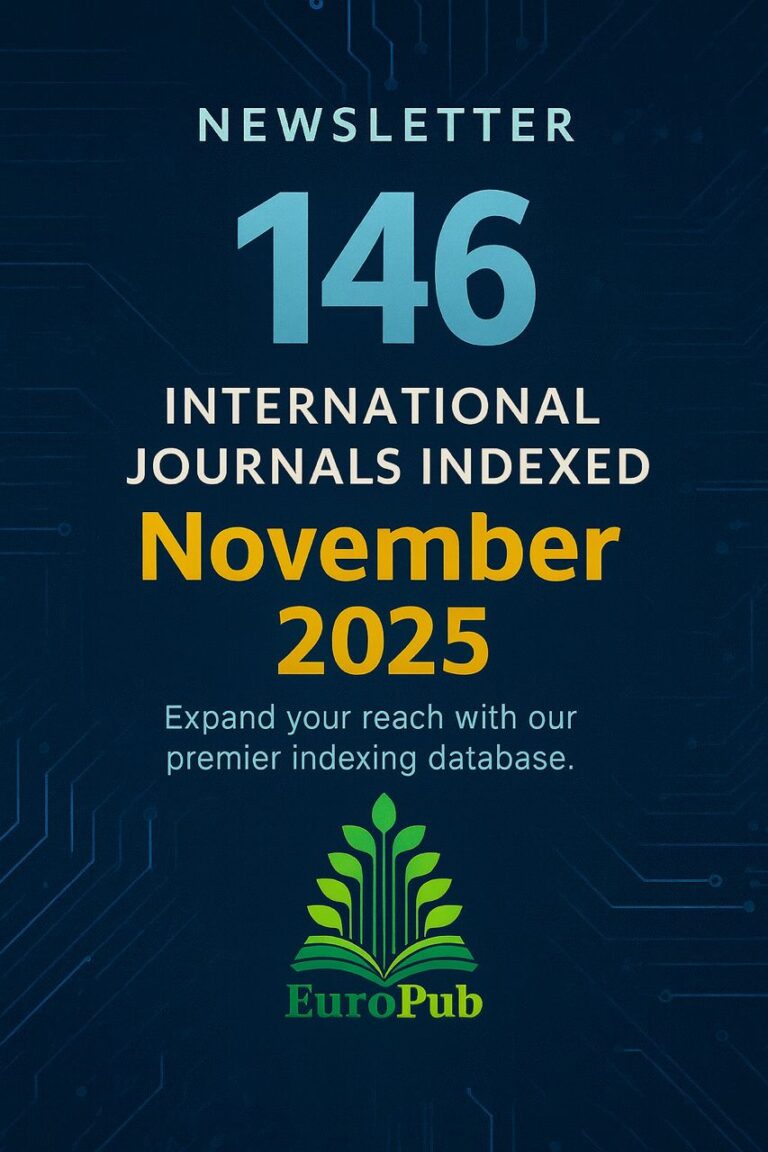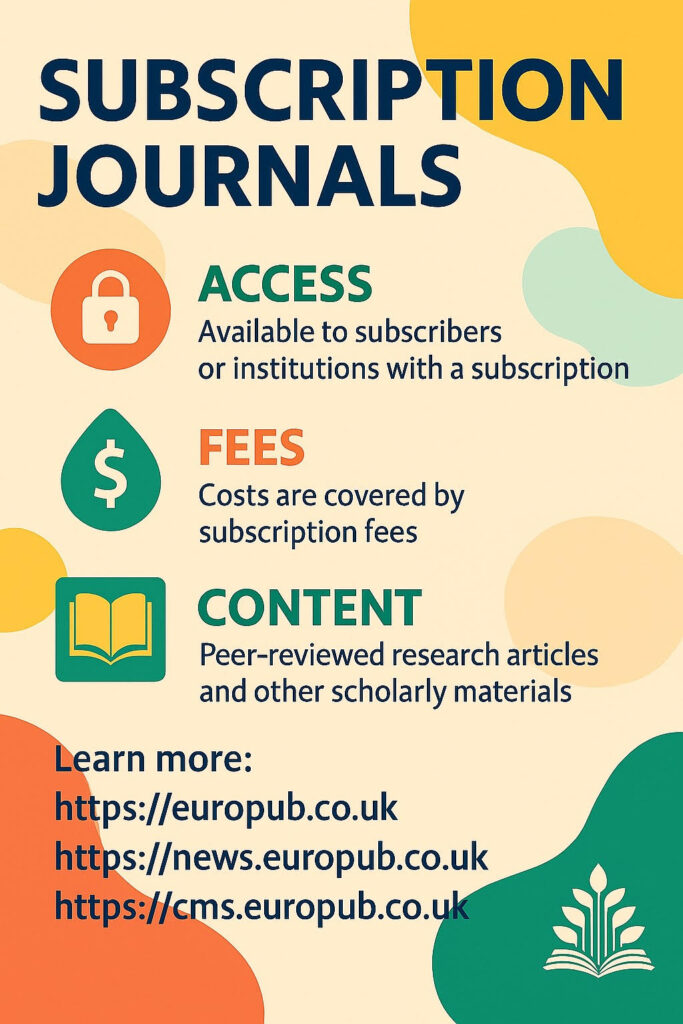
Definition
Subscription journals are scholarly publications that require readers or institutions to pay a subscription fee in order to access articles. Unlike open-access journals, subscription journals restrict access behind paywalls, typically through publishers’ digital platforms or library agreements.
Key Features
- Access Model: Content is available only to paying subscribers or institutions.
- Revenue Source: Funded primarily by subscription fees rather than author fees.
- Audience: Targeted at academic institutions, libraries, researchers, and sometimes individual subscribers.
- Publishing Costs: Authors may not pay article processing charges (APCs), but some subscription journals also charge page fees or color figure fees.
- Indexing: Many subscription journals are indexed in major databases such as Web of Science, Scopus, and PubMed.
- Impact: Often considered prestigious, especially when published by major houses like Elsevier, Springer, Wiley, or Taylor & Francis.
Advantages
- High prestige and long history in academia.
- Rigorous peer review processes.
- Backed by well-established publishers.
- Reliable archiving and indexing.
Disadvantages
- Limited access due to high subscription costs.
- Reduced visibility for authors compared to open access.
- Inequity for researchers in developing countries.
FAQs on Subscription Journals
Q1: What are subscription journals?
A1: Subscription journals are academic publications accessible only to paying subscribers or institutions.
Q2: How do they differ from open access journals?
A2: Subscription journals restrict access to paid users, while open access journals make articles freely available to everyone.
Q3: Do authors pay fees in subscription journals?
A3: Generally no, but sometimes page charges or figure charges may apply.
Q4: Who usually pays the subscription?
A4: Academic libraries, research institutions, and professional associations often purchase subscriptions.
Q5: Are subscription journals indexed?
A5: Yes, many are indexed in Scopus, Web of Science, PubMed, and DOAJ (if hybrid).
Q6: Why do some researchers prefer subscription journals?
A6: Because they often have long-standing prestige, rigorous review, and established readership.
Q7: Do subscription journals have high impact factors?
A7: Many leading high-impact journals still operate on a subscription model (e.g., Nature, Science).
Q8: Can developing-country researchers access subscription journals for free?
A8: Some publishers provide free or reduced-cost access through initiatives like HINARI (WHO).
Q9: Are subscription journals declining?
A9: With the rise of Open Access, subscription journals are under pressure, but they still dominate prestigious publishing.
Q10: How can I know if a journal is subscription-based?
A10: Check the publisher’s website. If access requires payment or institutional login, it is subscription-based.
Q11: Can subscription journals also be hybrid?
A11: Yes, many allow authors to pay an additional fee to make individual articles open access.
Q12: Do subscription journals allow self-archiving?
A12: Some allow depositing pre-prints or post-prints in institutional repositories. Policies vary.
Q13: Which publishers dominate subscription journals?
A13: Elsevier, Springer Nature, Wiley, Taylor & Francis, SAGE.
Q14: How much do subscriptions typically cost?
A14: Institutional subscriptions can range from hundreds to thousands of dollars per year.
Q15: Are subscription journals ethical?
A15: Critics argue they restrict access, but supporters highlight their quality assurance and sustainability.
Useful Links
Europub Note
Europub provides certificates of publication, indexing, and journal recognition for subscription journals.
 Apply here: https://cms.europub.co.uk
Apply here: https://cms.europub.co.uk
You can also stay updated with journal indexing news:


